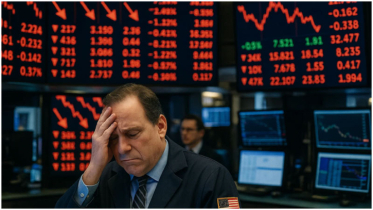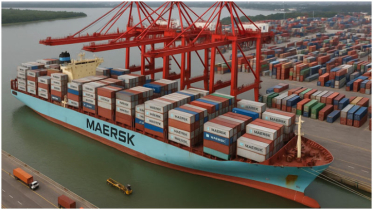Japan economy contracts as Takaichi prepares large stimulus plan

Japan’s economy contracted by 0.4 percent in the July–September quarter, government data showed Monday, marking the first decline since early 2024. The drop was smaller than market expectations of a 0.6 percent fall and followed a revised 0.6 percent expansion in the previous quarter.
The downturn comes as newly appointed Prime Minister Sanae Takaichi, Japan’s first female leader, prepares a substantial economic stimulus package. Finance Minister Satsuki Katayama said the plan’s value would be “well above” 17 trillion yen ($110 billion), with cabinet approval expected on Friday, according to local reports.
Analysts offered mixed assessments ahead of the data. BNP Paribas economist Ryutaro Kono said the negative growth should not be viewed as alarming, noting a rebound in exports and steady corporate investment intentions. However, Capital Economics’ Marcel Thieliant warned that rising tensions with China—sparked by Takaichi’s remarks on Taiwan—could escalate into a broader trade conflict, potentially affecting rare earth supplies or Japanese export access. Japan’s auto sector, already under pressure from China’s fast-growing electric vehicle industry, is seen as particularly exposed.
Diplomatic strains have intensified in recent weeks, with both countries summoning each other’s ambassadors and China advising its citizens against travel to Japan. While China and Japan remain major trading partners, longstanding historical and territorial disputes continue to strain relations.
The cabinet office also reported weak residential investment as a drag on overall growth. Trade relations with the United States have eased somewhat since July, when both sides reached a deal to reduce tariffs on Japanese goods to 15 percent from a threatened 25 percent. A separate higher tariff on Japanese cars fell to 15 percent only in mid-September.
.png)




